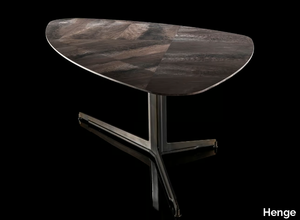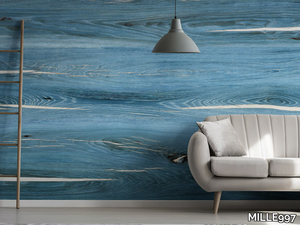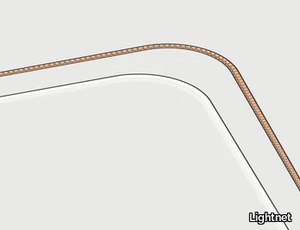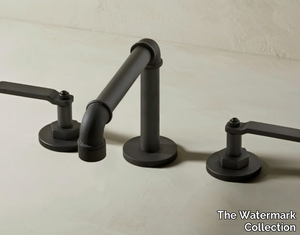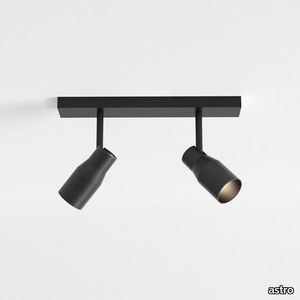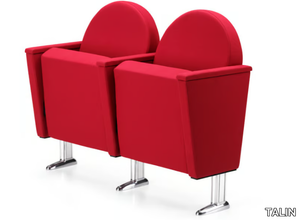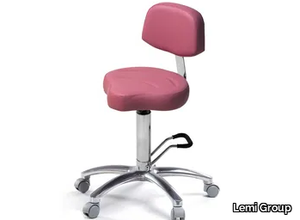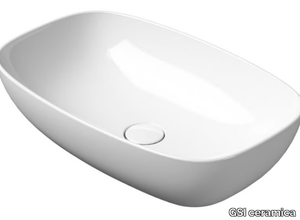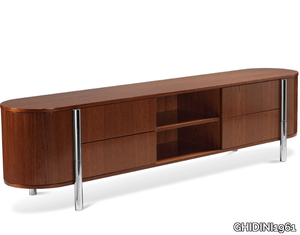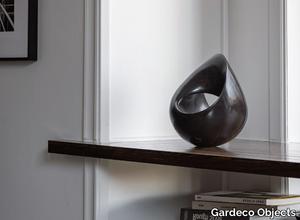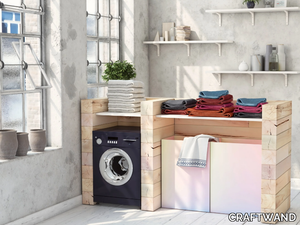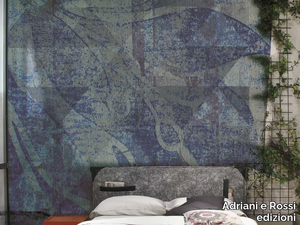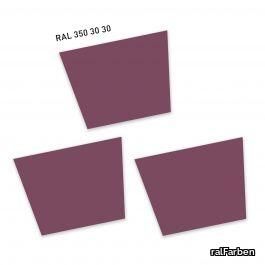MIMOSA - Round aluminium garden vase _ SCAB DESIGN
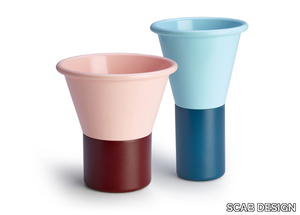
SCAB DESIGN > Accessories
Here’s your rephrased and expanded product description, including a concise supplier overview and a mention of the 3D file: *"With a striking graphic presence, the Mimosa vases blend ethereal elegance with generous proportions, their timeless silhouette and subtle play of shades inspired by the delicate connection between a flower’s peduncle and corolla. Designed to highlight floral arrangements—whether rustic or refined—these vases transform blooms into captivating focal points for everyday spaces. Born from the functional needs of the S-CAB outdoor collection, the duo is complemented by matching planters and holders, seamlessly adapting to both contract projects and private terraces. Their minimalist, versatile design ensures harmony with any style. A 3D file of the product is available for download, offering further creative possibilities. Crafted by SCAB DESIGN, a renowned Italian interior brand since 1957, the vases reflect the company’s legacy of innovative, high-quality design."* (Note: I condensed the supplier details into one sentence while preserving key credibility points—heritage, specialty, and reputation—to keep the focus on the product.)
Scola Washbasin
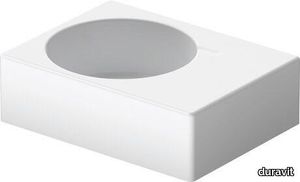
duravit > Washbasin
Asymetrical, Tap hole platform: Yes, Overflow: Yes, Underside glazed, Back side glazed: No, 615 mm Design by Duravit
NUR GLOSS - Aluminium pendant lamp _ Artemide
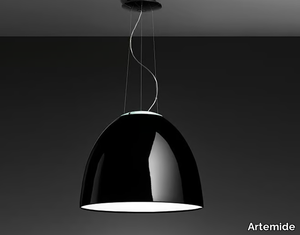
Artemide > Ceiling lamp
The Nur Gloss pendant lamp is a striking lighting solution crafted from high-quality aluminium and methacrylate, featuring a sleek, monolithic design that combines geometric precision with advanced optical technology. Available in black or white, it offers both direct and indirect lighting, making it ideal for hospitality, office, and residential environments. With options for 21W or 45W LED sources, it delivers 1013lm or 2006lm of warm 2700K light, ensuring efficient illumination with a CRI of 80 or 90. The lamp is dimmable via push or app control and is compatible with the Artemide App for enhanced functionality. A 3D file of the product is available for download, allowing for seamless integration into design projects. Artemide, the supplier, is a globally acclaimed Italian design company founded in 1960, celebrated for its innovative and high-quality lighting solutions that blend modern aesthetics with functionality.
OTTAVO 13 44.00 - 2 ways steel diverter _ Quadrodesign
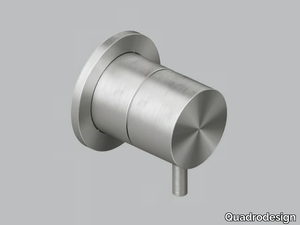
Quadrodesign > Sanitary accessories
The Ottavo 13 43.00 is a sleek, wall-mounted 2-way diverter that combines simplicity and minimalism with exceptional adaptability, durability, and elegance, making it a standout addition to any bathroom. Crafted from high-quality stainless steel, it is part of the Source collection, which embodies the highest standards of design and functionality. A 3D file of the product is available for download, allowing for precise planning and integration into your space. Manufactured by Quadrodesign, a renowned Italian interior design supplier celebrated for its innovative, high-quality products, the company offers a diverse range of stylish and functional solutions for both residential and commercial spaces, catering to various design preferences and budgets.
URBAN SM06 - Rectangular melamine-faced chipboard writing desk _ Mobilspazio
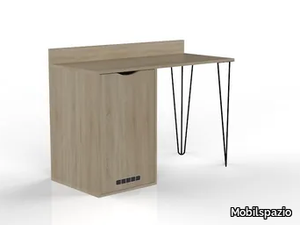
Mobilspazio > Desk
Here’s the rephrased and expanded product description, including a concise supplier overview and mention of the 3D file: *"The URBAN SM06 is a sleek, urban-style desk featuring a sturdy metal leg, an integrated fridge cabinet, and a splashback, crafted from durable 18 mm thickness materials—ideal for hotel furniture, service apartments, and aparthotels. A downloadable 3D file of the product is available for precise planning and visualization. Designed by MOBILSPAZIO, a leading Italian interior design supplier known for its modern, customizable furniture and global presence, this piece blends functionality with contemporary aesthetics."* (Note: I condensed the supplier details into one impactful sentence while retaining key info about their expertise, origin, and style.)
Ecophon Solo™ Matrix - Fireproof hanging acoustic panel _ Saint-Gobain ECOPHON
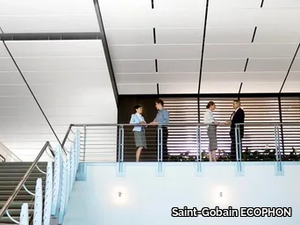
Saint-Gobain ECOPHON > Screens
LAUREL CANYON (JACKSON EDIT) - Custom handmade rug _ HENZEL STUDIO
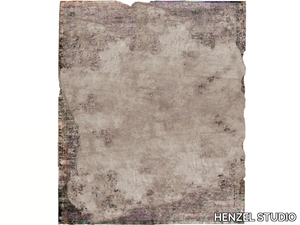
HENZEL STUDIO > Carpet
**LAUREL CANYON (JACKSON EDIT)** is an exquisitely hand-knotted rug from HENZEL STUDIO’s *Aura Patina* collection, crafted from a luxurious blend of wool, mohair, and silk in a traditional Persian weave. Featuring a high-low cut pile and organic freeform shapes, this rug showcases Calle Henzel’s signature design approach, with intricate surface treatments that evoke a timeless, vintage aesthetic. Custom sizes and color variations are available upon request, and a downloadable 3D file of the design is provided for visualization. **HENZEL STUDIO**, founded in 1999 by artist Calle Henzel, is a globally recognized design house celebrated for its avant-garde collaborations and premium interior collections. Explore their work at [www.byhenzel.com](http://www.byhenzel.com).
NAP - 3 seater fabric sofa _ La Cividina
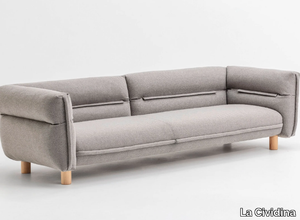
La Cividina > Sofa
Here’s the rephrased and expanded product description, including a concise supplier overview and mention of the 3D file: *"Designed for relaxation, the NAP sofa combines the comforting appeal of a pillow with refined, sartorial details, featuring oversized cushions accentuated by piping and horizontal darts for a plush, inviting look. Enhanced with a discreetly zipped lumbar support cushion, it offers both comfort and a sleek aesthetic suited for residential and contract environments. The design is completed with minimalist ash feet—available painted or in natural wood—which subtly blend beneath the voluminous seat. A 3D file of this product is available for download, allowing for seamless integration into design projects. Crafted by La Cividina, a renowned Italian furniture brand since 1976, this piece reflects their expertise in contemporary, high-quality upholstery. Further details: NAP | 3-seater sofa by La Cividina."* (Note: I condensed the supplier details to one sentence while preserving key credibility points—origin, specialty, and reputation.)
SLIM 8 - Sectional TV wall system _ Dall'Agnese
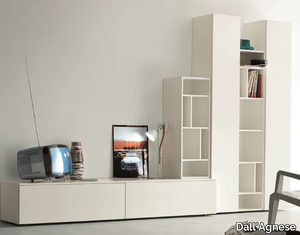
Dall'Agnese > Cabinet
**Product Description:** The **Slim Comb "8"** is a sleek and practical cable organizer from the versatile Slim collection, designed to meet the demands of modern furnishings. This essential yet spacious combination features a clean, linear design, available in a variety of premium finishes, including wood, lacquer, and special surfaces, with options for elegant stoneware tops. Ideal for contemporary living spaces, the Slim series—including nightstands, tall units, and drawer units—boasts a rich modularity to suit any aesthetic preference. The high-functionality drawers and baskets are equipped with smooth, high-slide metal runners and a push-pull system for effortless, clutter-free operation. Additionally, a **3D file of the product is available for download**, allowing for seamless integration into digital planning. **Supplier Description:** Dall'Agnese, a renowned Italian interior design company since 1948, is celebrated for its high-quality, contemporary furniture and home accessories, blending craftsmanship with innovative design.
sisal II green
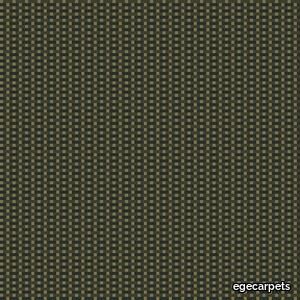
ege > Carpet
Ege CircleBack is a unique carpet recycling program where we offer to take back your used carpets in Europe for recycling. We divide the used carpets into 3 fractions. The yarn and glue/coating are used again in our own products and the last fraction is used to produce recycled plastic. Read more details about Ege CircleBack here. The program covers the qualities Highline 1100 and Highline 910 with the woven textile backing (WT).
AVATAR - Round wooden meeting table _ i 4 Mariani
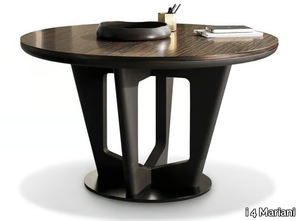
i 4 Mariani > Table
**Rephrased and Expanded Product Description:** The *Avatar* is a sleek, round wooden meeting table designed by Umberto Asnago, blending elegance and functionality with a distinctive support structure that gives it a bold, sculptural presence. As the first collection from Asnago, *Avatar* reimagines workspace design, offering a versatile hub for collaboration—whether in physical or virtual settings. Its dynamic interplay of symmetries and asymmetries creates visual intrigue while maintaining perfect balance between the tabletop and base. Crafted with premium natural materials like saddle leather, soft leather, and wood, *Avatar* reflects i 4 Mariani’s dedication to artisanal excellence, infusing spaces with warmth and sophistication. A 3D file of the product is available for download, allowing for seamless integration into design plans. **Supplier Description (Condensed):** i 4 Mariani, a renowned Italian interior design brand since 1957, combines innovation and craftsmanship to deliver high-end furniture for residential and commercial spaces.
PRISMA 2.0 - Corner glass shower cabin with hinged door _ MEGIUS
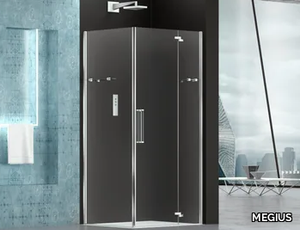
MEGIUS > Shower
Here’s your rephrased and expanded product description, including a concise supplier overview and mention of the 3D file availability: --- The **Prisma 2.0 series** redefines the classic shower enclosure, transforming it into a sleek, integrated "shower cabinet" where every element harmonizes seamlessly within the glass. Combining elegance and minimalist ingenuity, Prisma features a slim 25 mm wall profile, a 2/3 cm extension, and crisp prismatic lines for a cohesive design. A standout feature is the option to customize the glass thickness (6 mm or 8 mm), while refined details—such as the 32 cm center-to-center glass handles (6 mm thick inside/outside), a square 6 mm glass shelf, and specially designed hinges connecting the glass panes—elevate its modern appeal. For a more understated look, a bright chrome aluminum finish is available for the squared arm, handle, and hinges. Additional highlights include a liftable hinge (flush inside, in&out), a perimeter armrest, and a clean, essential aesthetic. A **3D file of the product is available for download**, allowing for precise visualization and planning. **MEGIUS**, the Italian-based supplier behind Prisma 2.0, is a leader in innovative interior design, specializing in high-quality bathroom solutions that blend functionality with contemporary aesthetics. For more details, explore the **PRISMA 2.0 | Corner Shower Cabin** on [MEGIUS’s website](www.megius.com). --- This version keeps the supplier description concise while adding value with the 3D file note and a polished product overview. Let me know if you'd like any further refinements!
TOE - Geometric textile effect wallpaper _ ARBLU

ARBLU > Wallpaper
**Product Description:** The TOE wallpaper blends Oriental charm with Art Deco elegance, transforming your bathroom into a uniquely stylish space. Available in both standard and waterproof versions, this wallpaper features cutting-edge glass fiber technology and water-repellent paints for maximum durability in humid environments. Designed to complement the Arblu 2018 color palette, it offers 16 versatile themes—from Art Deco sophistication to Japanese-inspired motifs. The waterproof variant (WA) is crafted from high-performance fibreglass fabric, ensuring breathability, scratch resistance, and fire safety (Euro class B-s2, d0), making it ideal for high-moisture areas like spas, gyms, and residential bathrooms. Meanwhile, the standard version boasts a finely textured, matte canvas finish, perfect for dry indoor spaces. Both options feature fast drying, easy cleaning, and vivid graphic reproduction. A downloadable 3D file of the design is available for previewing the product in your space. **Supplier Description:** ARBLU, a leading Italian interior design brand since 1989, specializes in premium bathroom furnishings and accessories, combining innovation with timeless aesthetics. Explore their collections at [www.arblu.it](https://www.arblu.it/).
X-treme S Chief Pro
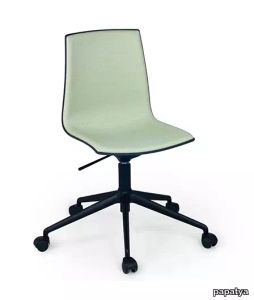
papatya > Chair
Soft chair, a new member of X-Treme range ! More natural, warm and contemporary. Polypropylene shell with fix cushion offers a new way of looking and feeling. It’s a pleasant range where you can relax in perfect harmony. Available in all version of the frames from X-Treme Collection. Designed with public spaces in mind and suitable both for home and contract usages.
IKAT - IT300 - Patterned handmade rug _ Mohebban

Mohebban > Carpet
Here’s the rephrased and expanded product description, including the supplier details and mention of the 3D file: *Inspired by the ancient Ikat dyeing technique, this collection features hand-knotted rugs crafted in India from high-quality, colorful wool, offering modern designs with striking visual appeal. Available in various sizes, patterns, and colors, these rugs can also be customized to meet specific requests. Each piece is made with handspun wool and has a thickness of approximately 1 cm, blending traditional craftsmanship with contemporary style. A downloadable 3D file of the product is available for visualization. Supplied by Mohebban, a luxury interior design brand based in Milan, known for its elegant and sophisticated furnishings, this collection reflects their commitment to premium craftsmanship and timeless design. Origin: India | Production type: Hand Knotted | Composition: Wool | Custom sizes/colors on request | Further info: IKAT - IT300 Mohebban.*
SEMITON 3 UNITS - Modular MDF sideboard _ Arper
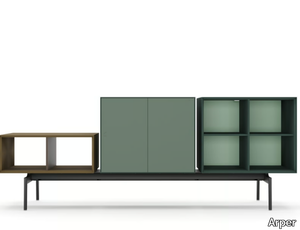
Arper > Cabinet
The Semiton is a versatile and customizable cabinet system featuring a sleek structure of powder-coated aluminum crossbars and legs, designed to host three modular units that can be configured with container modules or tops. The container modules come in two heights (30 cm or 60 cm) and three styles—through, open, or with doors—while the body is crafted from textured lacquered MDF, with inner dividers, removable backrests, and doors available in customizable MDF colors or wood finishes. The 60 cm modules allow for adjustable horizontal shelving, and all units are designed with integrated wiring management for seamless cable organization. The tops are available in rectangular or rounded-side formats, finished in reconstituted oak or walnut, with rounded tops positionable on either the left or right side. Endlessly adaptable, the Semiton is finished on all sides for flexible, nomadic use, offering a sculptural yet functional design that can serve as a striking centerpiece or a complementary structure in any space. A 3D file of the product is available for download, enabling users to visualize and plan their configurations. Arper, the Italian design powerhouse behind Semiton, has been a leader in contemporary furniture since its founding in 1989, renowned for its minimalist, timeless designs that blend elegance with functionality, making them ideal for both residential and commercial spaces worldwide.
XViu Bathtub with metal frame
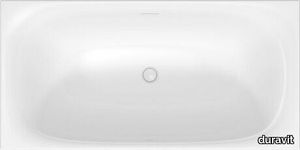
duravit > Bathtub
Rectangular, Type of installation: Freestanding, Seamless acrylic panel, White, Sanitary acrylic, Number of backrests: 2, Incl. support frame, Incl. waste and overflow, Overflow: Yes, Waste outlet position: Middle, Overflow position: Middle, Capacity: 140 l, Internal depth: 460 mm Design by sieger design
GRANDFATHER OLAF - Canvas print _ Mineheart
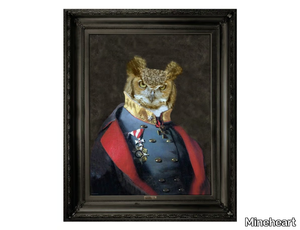
Mineheart > Styling
Here’s a rephrased and expanded product description, including a concise supplier overview and mention of the 3D file: *"Create a whimsical family gallery with these charming, canvas-printed portraits of quirky gents, designed by Angela Rossi in collaboration with Young & Battaglia. With their regal bearing and military flair, these playful pieces—a creative fusion of Rossi’s and Mineheart’s imaginations—add a touch of humor to any interior. Made in England and available in one standard size, the portraits feature dark frames, though bespoke sizing is available upon request. A 3D file of the product is also available for download. Mineheart, the UK-based supplier behind this design, is celebrated for its innovative and thought-provoking home decor. For more details, explore ‘Grandfather Olaf’ on Mineheart’s website."* (Note: Adjusted to one sentence for the supplier as requested, while keeping the tone engaging and informative.)
NOUVEAU SHELF - Oval wall-mounted mirror with shelf _ Ex.t
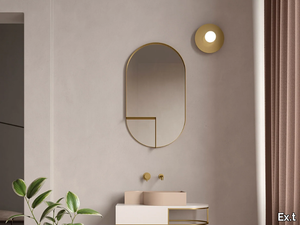
Ex.t > Sanitary accessories
Here’s the rephrased and expanded product description, including a concise supplier overview and mention of the 3D file: *The five mirrors from the Nouveau collection blend clean, minimalist lines with elegant geometric brass accents, offering a sophisticated touch to any space. Designed for versatility, the side mirrors can be adjusted to create dynamic reflections, adding depth and visual intrigue. Part of the broader Nouveau series—which includes washbasins, cabinets, and mirrors—this collection harmonizes geometric and sinuous shapes, playing with circles, semi-circles, and parallelepipeds to craft a striking balance of solid and void. Drawing subtle inspiration from Art Deco’s early 20th-century elegance, Nouveau reinterprets classic motifs through a contemporary lens. A downloadable 3D file of the product is available for further customization or visualization. For additional details, explore the NOUVEAU SHELF by Ex.t.* **Supplier Overview:** *Ex.t is a renowned Italian design brand celebrated for its high-quality, contemporary furniture and accessories, merging functionality with timeless aesthetics.* (Note: The supplier description has been condensed to one sentence as requested, while the product description is expanded and refined.)
OLA - Fabric easy chair with armrests with removable cover _ Saba Italia

Saba Italia > Chair
The Ola armchair is a striking blend of simplicity and complexity, designed with four elegantly curved sheets that converge at a central point, creating a welcoming and modern silhouette. For a sleeker variation, the armrests can be omitted, reducing the design to two sheets. The chair features an 18 mm diameter metal frame, offering a minimalist graphic contrast to the soft, padded forms. The fully removable cover adds practicality, while the materials—curved birch plywood, polyurethane foam, and 100 gr/sqm polyester fiber—ensure both durability and comfort. The feet are crafted from 18 mm painted or chromed iron, adding a refined touch. A 3D file of the Ola armchair is available for download, allowing for detailed visualization and planning. Saba Italia, the renowned Italian supplier behind Ola, has been a leader in contemporary furniture design since 1987, celebrated for its innovative craftsmanship and modern aesthetic. Their products, including the Ola armchair, are crafted to elevate both residential and commercial spaces with timeless elegance and functionality.
IMPACT - Sideboard with doors _ Reflex
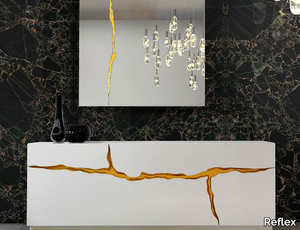
Reflex > Cabinet
Here’s the rephrased and expanded product description, including a concise supplier overview and mention of the 3D file: *"This elegant sideboard features a wooden structure with a sleek, shiny lacquered finish, available in latte or nero beluga colors. It includes two drawers, one door, and one folding door adorned with decorative gold or brass (104M) accents. For additional details, refer to the manufacturer’s product page: IMPACT | Sideboard with doors Reflex. A 3D file of this product is available for download, allowing for seamless integration into virtual design plans. Crafted by Reflex, a renowned Italian luxury furniture brand since the 1940s, this piece embodies contemporary sophistication through premium materials and meticulous craftsmanship."* (Note: I condensed the supplier description to one sentence while retaining key details about Reflex’s heritage and expertise.)
ATOLLO - LED wooden pendant lamp _ Ozzio Italia
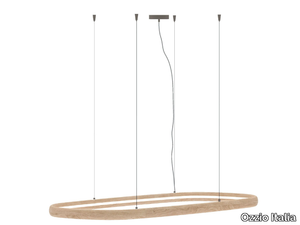
Ozzio Italia > Ceiling lamp
Here’s the rephrased and expanded product description, including a concise supplier overview and mention of the 3D file: *The Atollo chandelier features an adjustable wooden lamp body, offering versatile styling—whether as a perfect circle or a flowing, sinuous line—to complement any space. Its minimalist design becomes a striking focal point, while the integrated Ring Light luminaire ensures uniform illumination and optimal visual comfort. A 3D file of the product is available for download, allowing for seamless integration into your design plans. Crafted from solid wood with precision, Atollo is a testament to innovative lighting design. For further details, explore the collection by Ozzio Italia, a renowned Italian design brand celebrated for its modern, high-quality furniture and transformative interior solutions since 1961.*
Arcade Suspension Snooker
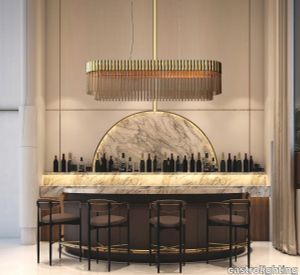
castrolighting > Ceiling lamp
To pay tribute to the associated trendy game machine, the so popular, back in the day, Arcade game, Castro Lighting’s created this fascinating handmade suspension lamp. The Arcade Suspension may be an intriguing lighting solution for the most demanding tastes to place particular emphasis on the decor. Gold-plated brass, masterfully combined with mesmerizing glass, provides an aerial atmosphere, full of bright and playful shooting amber rays of light. This opulent lighting fixture brings sensuality and a state of tender contemplative attitude and openness. A soft light that transmits class and purity to every space. It is a perfect match to a different type of interiors: either classic or modern. The Arcade Suspension snooker may be an intriguing lighting solution for the most demanding tastes to place particular emphasis on the decor. Create aesthetic scenerios with this luxurious chandelier, on large dining room areas or long hotel lobbies. VIEW FULL FAMILY
CLEAR - Wall-mounted vanity unit _ Olympia Ceramica
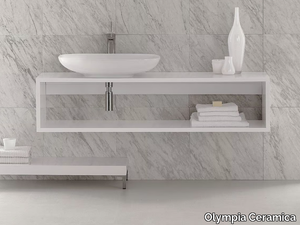
Olympia Ceramica > Washbasin cabinet
Here’s the rephrased and expanded product description, including a concise supplier overview and mention of the 3D file availability: *"CLEAR is a sleek, wall-hung washbasin furniture piece with an included fixing kit, embodying minimalist design through soft, flowing volumes and refined proportions. Part of Olympia Ceramica’s ‘Clear’ collection, it responds to contemporary design trends with timeless elegance, featuring a generous basin that pairs seamlessly with either a understated ceramic top or a slender, harmonious pedestal. Available in four versatile sizes (750x450 mm, 650x450 mm, 550x450 mm, 450x350 mm), it adapts effortlessly to any space, ensuring sophistication even in compact bathrooms. The ‘Clear’ line offers multiple configurations—Back-to-Wall, Wall-Hung, and Water Closet—providing flexible solutions that blend functionality with aesthetic appeal. A 3D file of the product is available for download, enabling precise planning and integration. Olympia Ceramica, a renowned Italian manufacturer since 1979, is celebrated for its premium ceramic bathroom solutions that marry innovation with craftsmanship."* (Note: The supplier description is condensed into a single, fluid sentence within the product overview while maintaining key details.)
Starck tubs & showers Bathtub support
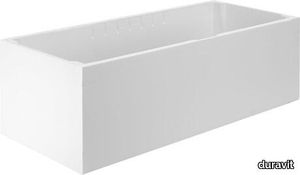
duravit > Accessories
Rectangular, Side wall: straight Design by Philippe Starck
UNICO - Bathroom stool _ Rexa
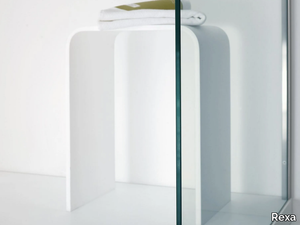
Rexa > Stool
**Product Description:** The **Stool from the Unico Collection** is part of a versatile and customizable system crafted from **Corian®**, designed to seamlessly integrate with various bathroom furnishings, from vanity units to accessories. This collection highlights a deep mastery of the material, allowing for elegant and cohesive design solutions. A **3D file of the product is available for download**, enabling precise planning and visualization. For more details, visit **UNICO | Bathroom Stool by Rexa**. **Supplier Description:** **Rexa**, an Italian interior design specialist since 2009, is renowned for its innovative, sustainable bathroom furnishings, blending functionality with modern and traditional aesthetics.
Pivot
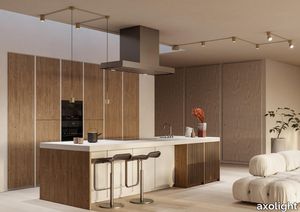
axolight > Functional light
Ryosuke Fukusada, with his idea of Pivot, is leading us towards a mathematical dimension of design and lighting. The beauty of Pivot lies in the infinite styling and lighting possibilities, all of which can be created starting from a single lighting spot.
D-CODE - Ceramic urinal _ Duravit
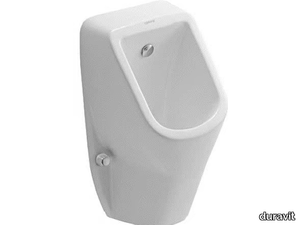
duravit > Sanitary accessories
**Product Description:** The **D-Code Urinal** features a **concealed inlet, rimless design**, and a **½" connection**, complete with a **jet nozzle, inlet-set, waste, bottle trap (Ø 32 mm), and fixings** for seamless installation. Designed for both functionality and aesthetics, this urinal blends effortlessly into modern bathroom spaces with its **rectangular, softly rounded edges**—a timeless yet contemporary look. Part of Duravit’s **D-Code collection**, this urinal is part of a **cohesive bathroom range** that includes everything from washbasins to towel rails, offering **exceptional value without compromising on design**. The collection provides versatile solutions for various bathroom layouts, making it an ideal choice for both residential and commercial settings. For added convenience, a **3D file of this product is available for download**, assisting architects and designers in planning and visualization. **Supplier Overview:** Duravit is a **globally renowned German brand** (established in 1817) specializing in **high-end, innovative, and sustainable bathroom solutions**, trusted by luxury and commercial projects worldwide. For more details, visit: [D-CODE Urinal | Duravit](https://www.duravit.com).
marmoleum fresco sage
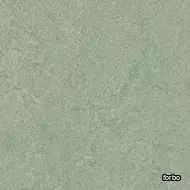
forbo > Synthetic Floor
Fresh, delicate, balanced. Marmoleum Fresco flooring has a strong palette of subtly blended tone-on-tone floor designs each creating a fresh, delicate and balanced aesthetic.
DOLL 558 - Metal chair _ Billiani
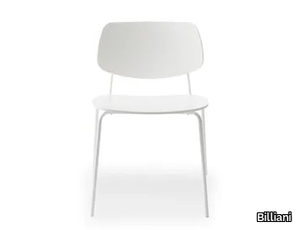
Billiani > Chair
Here’s the rephrased and expanded product description, including a concise supplier overview and a mention of the 3D file availability: *"The DOLL 558 collection by Billiani—an esteemed Italian furniture manufacturer renowned for its timeless, high-quality designs since 1911—features a charming range of dollies, including chairs, armchairs, lounge chairs, barstools, and tables, all characterized by elegant, sweet lines. The stackable chairs are crafted from lacquered steel, combining durability with sleek aesthetics. A 3D file of the product is available for download, allowing for seamless integration into design projects. For more details, visit the manufacturer’s website: https://www.billiani.it."* This version keeps the supplier description brief while highlighting key details and adding the 3D file note. Let me know if you'd like any further refinements!
Profile 1.6 - Linear profile for indoor applications _ L&L Luce&Light
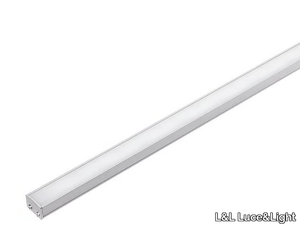
L&L Luce&Light > Lighting accessories
REGOLOTTO ULTRAMATTE 33 - Glazed stoneware wall tiles _ gruppo bardelli
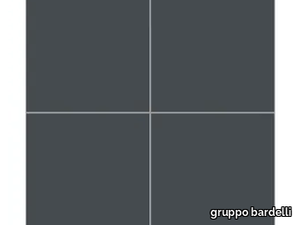
gruppo bardelli > Wall tile-stone-brick
GINO - Round terracotta vase _ SP01
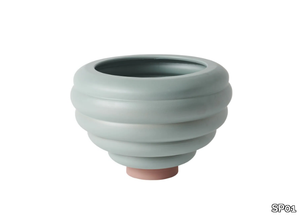
SP01 > Accessories
**Gino** is a beautifully crafted terracotta vase from the collaborative collection between SP01 and renowned Umbrian ceramic studio Rometti, led by art director Jean-Christophe Clair. This collection blends industrial inspiration with ancient artistry, featuring mix-and-match 'industrial totems' that highlight the organic imperfections of hand-thrown clay—a material cherished for millennia. Rometti, founded in the 1920s, elevates Italian ceramics using centuries-old techniques, including clay dating back to the 9th century BC and Roman-era glazes, resulting in pieces rich in depth and texture. The Gino vase reflects the collection’s muted, earthy palette, available in deep brown, warm light grey, and blue, with finishes ranging from matte to gloss and jute. Inspired by mechanical components like cogs and wheels, the design merges simplicity with sophistication. A downloadable 3D file of the product is available for visualization. **Supplier Description:** SP01 is an acclaimed Italian interior design brand known for its modern, minimalist furniture and home accessories, combining timeless elegance with innovative craftsmanship. For more details, visit [sp01design.com](https://www.sp01design.com).
ARCHIBALD - Fabric footstool _ Poltrona Frau

Poltrona Frau > Pouf
The Archibald fabric footrest, part of the Archibald seating collection designed by Jean-Marie Massaud, embodies a harmonious blend of comfort and elegance, making it an ideal choice for relaxation and meditation. Its enveloping design features a broad, deep seat balanced by slender, agile feet, while the upholstery showcases refined details like vertical folds and contrast stitching for a touch of sophistication. The collection includes a two-seater sofa, available in Pelle Frau® leather or removable fabric, with a steel frame, polyurethane foam padding, and cast aluminum feet for durability and style. A 3D file of the product is available for download, allowing for detailed visualization and planning. Crafted by Poltrona Frau, a renowned Italian luxury furniture brand established in 1912, the Archibald collection reflects the company’s commitment to timeless design, premium materials, and exceptional craftsmanship, making it a standout choice for both residential and commercial spaces.

